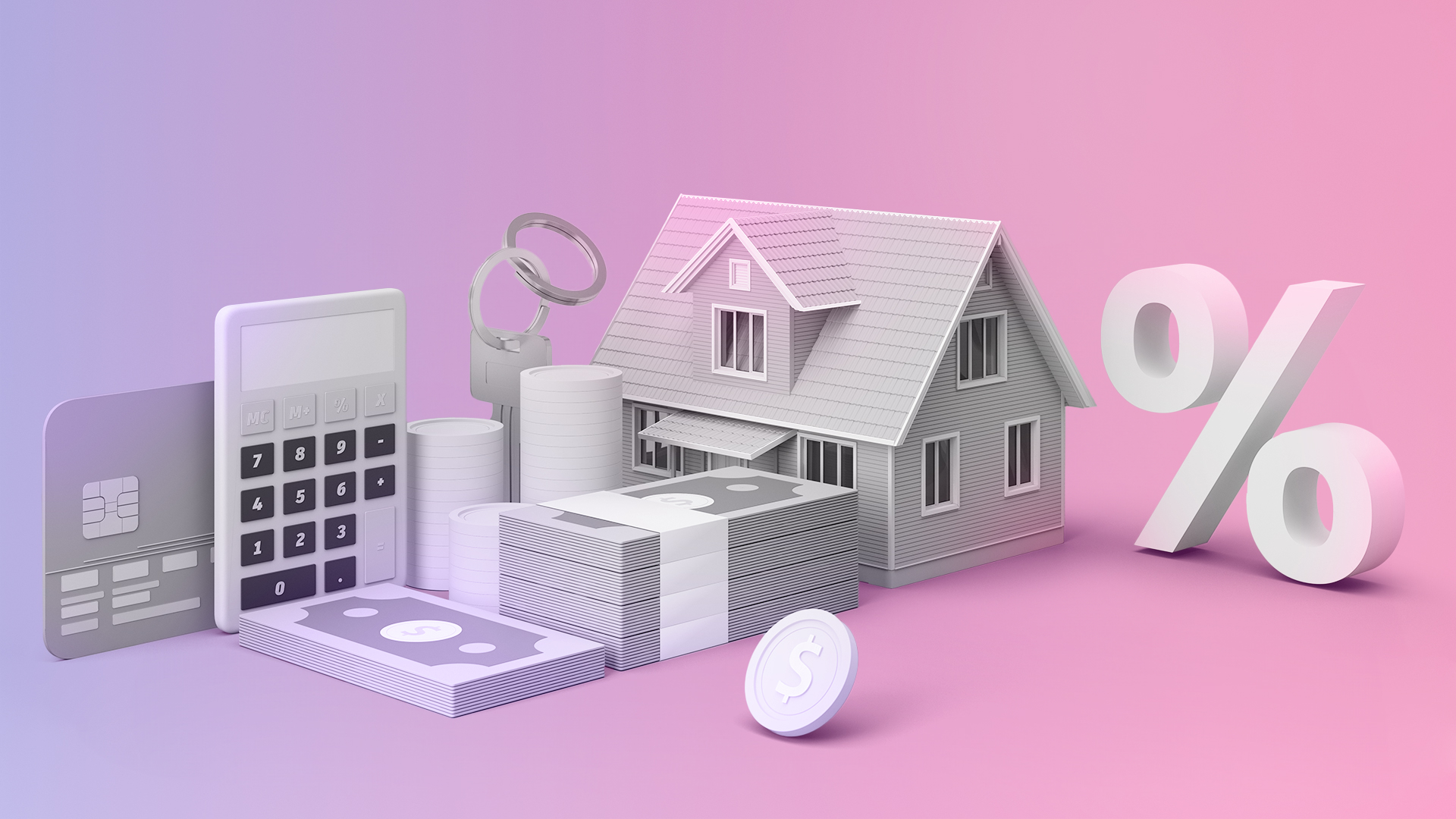How Does an Offset Account Work?
Read on for an overview of how offset accounts work and how they stack up against redraw facilities and high-interest savings accounts.
An offset account is a transaction account that can be linked to your home loan. One of the main benefits of an offset account is that it can help you save on interest charges. But you might be wondering how exactly this type of home loan feature works.
Keep reading for an overview of offset accounts and how they stack up against redraw facilities and high-interest savings accounts.
How do offset accounts work?
An offset account works in a similar way to a regular transaction account. You can deposit money into an offset account and access it at any time by making a withdrawal. In some instances, you can even choose to link a debit card to your offset account so you can use the funds in your offset account to make purchases in-store or withdraw money from an ATM. But unlike an everyday access account, the funds in your offset account can be used to ‘offset’ the amount owing on your home loan and effectively reduce your interest repayments.
For example, imagine you have a $600,000 mortgage. If you had an offset account linked to your home loan with $20,000 in it, you would be charged interest on $580,000, which is the difference between what you owe the bank and how much you have in your offset account.
Over the life of a 30-year home loan with a 6.2% interest rate, if you were to continue to deposit $100 a week into your offset account you could end up saving over $260,000 in interest payments and shaving almost 6 years off the life of your mortgage.
Using your savings to offset your mortgage can help you to save thousands in potential interest charges and it can also take years off the term of your mortgage. Ultimately, you could be able to save in interest and repay your home loan faster than you initially thought.
Types of offset accounts
Lenders typically offer two main types of offset accounts:
- 100% offset accounts: With this type of offset account, 100% of the balance available in the offset account is subtracted from your home loan balance before the interest is calculated. 100% offset accounts are typically available with variable rate mortgages.
- Partial offset accounts: Only a portion of the balance of the offset account is used to offset the amount owing on your home loan. For example, if you had a loan balance of $300,000 and $40,000 in your linked offset account, with a 40% offset you would pay interest on $284,000. Partial offset accounts are generally offered with fixed-rate home loans.
Offset account vs redraw facilities - What’s the difference?
Offset accounts and redraw facilities are two types of features commonly offered with home loans. As a borrower, they can help you manage your mortgage repayments more effectively and they can even help you to pay off your loan quicker. With that said, they work in different ways.
Unlike an offset account, a redraw facility is a feature that’s linked to your mortgage. A redraw facility allows you to make additional repayments beyond the required minimum payments so you can chip away at the outstanding balance of your home loan. These extra funds can be ‘redrawn’ as needed, but depending on your loan there could be restrictions, fees, or delays when it comes to accessing your funds. Many borrowers use redraw facilities to save for major expenses, like renovations or as a deposit toward an investment property.
With a redraw facility, the interest is still calculated based on the entire loan amount with the extra payments helping to pay down the principal faster.
Offset account v savings account - What’s the difference?
If you’ve been used to stashing your extra cash in a traditional high-interest savings account, it can be tricky to wrap your head around how the potential interest savings compare to earning interest on your savings.
As a borrower, your savings will tend to work harder for you in an offset account compared to a high-interest savings account. Generally speaking, the interest rate you pay on your mortgage is often higher than what you could earn with a savings account.
When you keep your savings in a savings account, you have to pay tax on the interest you earn on your savings. On the other hand, the interest saved by keeping your cash in an offset account isn’t considered income, so you won’t be taxed.
Is an offset account right for you?
When it comes to deciding whether an offset account is right for you, it’s important to consider your financial situation, goals, and spending habits. If you’re keen to cut your interest charges while still having easy access to your savings, then an offset account could be the way to go. But to make it worth your while, it helps to have a substantial amount of savings in your offset account. It’s even better if you can continue to grow the balance of your offset account - the bigger your offset account the more interest you’re set to save.
Just keep in mind that offset accounts aren’t available with all lenders. It’s also worth checking to see if there are any account-keeping fees that come with an offset account. If you’re not sure what the right home loan setup is for you, there’s no harm in chatting with your lender or a mortgage broker for tailored advice.
Although we don’t currently offer offset accounts at Unloan, we do have a stack of other great features available with our simple and easy-to-use home loan. From competitive interest rates and annual discounts to redraw facilities and zero fees, we’ve made a new kind of home loan that works harder for you. Check if you’re eligible or apply in minutes today.
This article is intended to provide general information only. It does not have regard to the financial situation or needs of any reader and must not be relied upon as financial product advice. Please consider seeking financial advice before making any decision based on this information.
Unloan is a division of Commonwealth Bank of Australia.
Applications are subject to credit approval; satisfactory security and you must have a minimum 20% equity in the property. Minimum loan amount $10,000, maximum loan amount $10,000,000.
Unloan offers a 0.01% per annum discount on the Unloan Live-In rate or Unloan Invest rate upon settlement. On each anniversary of your loan’s settlement date (or the day prior to the anniversary of your loan’s settlement date if your loan settled on 29th February and it is a leap year) the margin discount will increase by a further 0.01% per annum up to a maximum discount of 0.30% per annum. Unloan may withdraw this discount at any time. The discount is applied for each loan you have with Unloan.
There are no fees from Unloan. However, there are some mandatory Government costs depending on your state when switching your home loan. For convenience, Unloan adds this amount to the loan balance on settlement.
* Other third-party fees may apply. Government charges may apply. Your other lender may charge an exit fee when refinancing.





















































